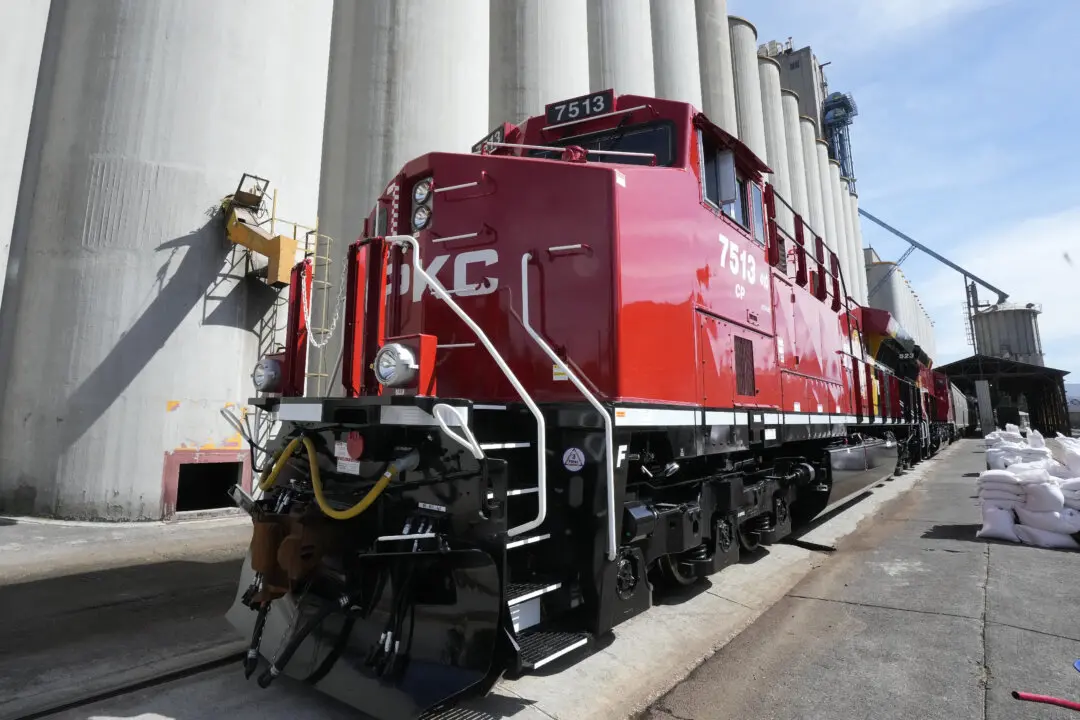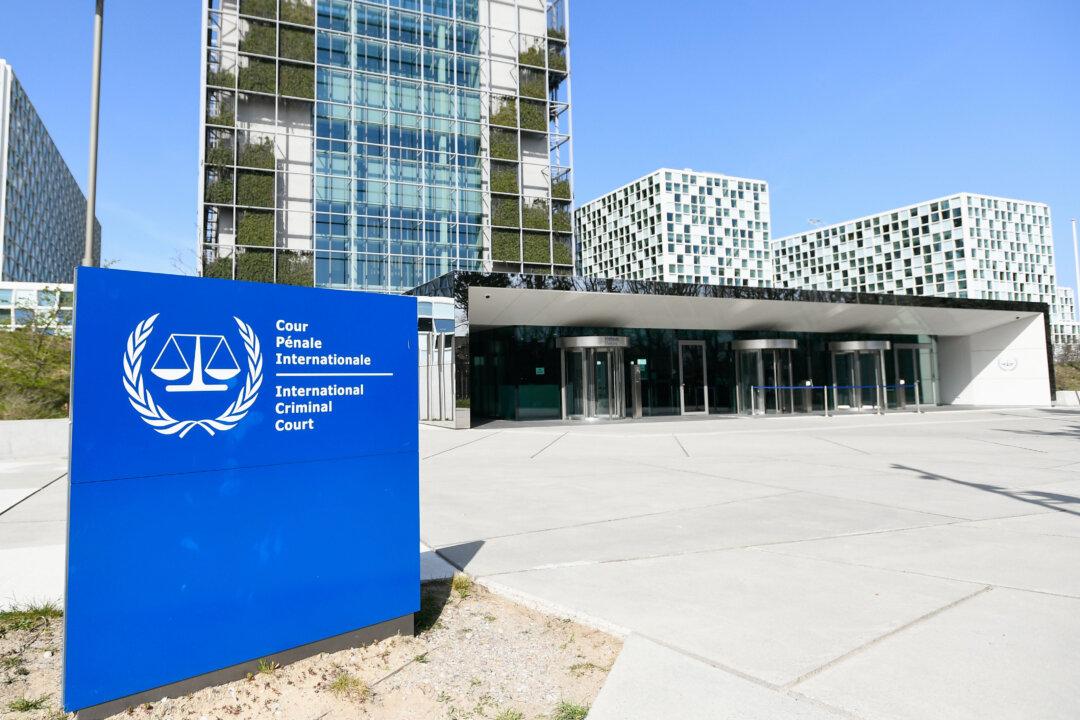Shipping companies have registered a record $150 billion in profits with prices rising nearly 10 times while small-business owners claim that the major container lines are exploiting their monopolistic positions to charge exorbitant fares.
In 2021, the spot rate for a 40-foot container from Asia to the United States was priced at over $20,000 as the global economy came out of the pandemic and demand spiked with the oncoming holiday season, based on data from Bloomberg. The current price is around $14,000, which is far above the typical $2,000 shipping companies used to charge not so long back.





